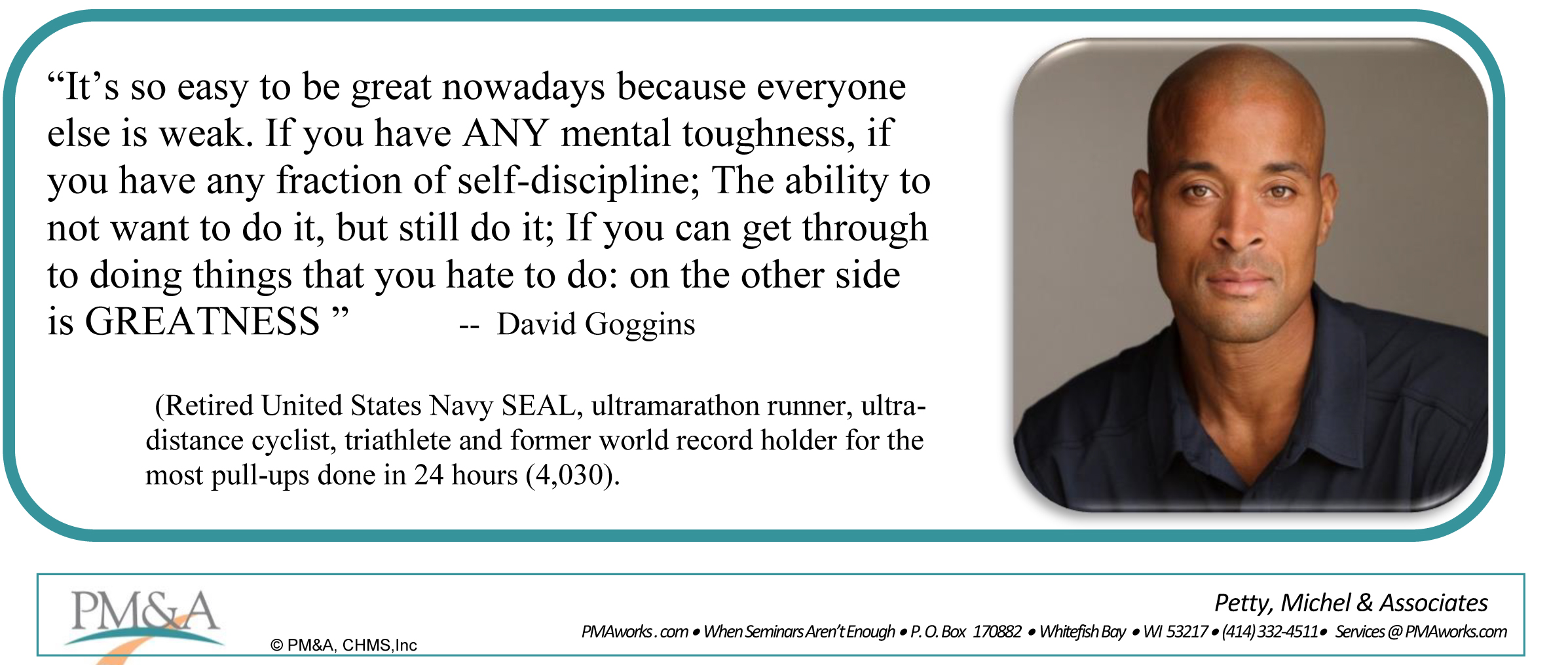
Improving Your Chiropractic Patient’s Experience
Advertising has peaked. We are awash in ads coming at us from every possible source. We are hit with anywhere from 4000 to 10,000 ads per day.* With AI and ultra-sophisticated forms of targeting, it’s almost totalitarian.
The new marketing is customer service or Service Marketing.
Advertising has its place, of course, if it is to the right market, with the right message, and the right offer. But with all ads, the low-hanging fruit gets picked quickly, and new ones are needed.
There are other avenues of marketing your chiropractic services, but the importance of world-class service and outcomes is more vital than ever.
You’ve seen the stats:
- 40% of customers began purchasing from a competitive brand because of its reputation for good customer service.
- 55% are willing to recommend a company due to outstanding service, more so than price.
- 85% would pay up to 25 percent more to ensure a superior customer service experience.*
Nothing is radically new about these numbers, but it helps to see them again.
And Service Marketing is not really new. But I believe it is and will be the dominant feature that distinguishes you from comparable providers. This is because content marketing has flooded the market. Therefore, call it service marketing or relationship marketing, turning each of your patients into raving fans who become salespeople for you is an intelligent marketing strategy.
But you must deliver the WOW!
CUSTOMER AND PATIENT JOURNEY MAPPING
Customer Journey Mapping is a relatively new term that has been hatched over the last 10 or 15 years in marketing. While the term is new, the concept is not.
Customer Journey Mapping is a procedure used to visualize and analyze customers’ end-to-end experience as they interact with, in this case, your practice.
It is essentially a flow chart.
It starts with a prospective patient’s first call to make an appointment. What do they see when they drive up to your office, walk through the door, and are greeted? It involves mapping out every encounter and even the likely emotion your patient experiences through Day 1, Day 2, Day 12, and so on.
And how far do you take your patient? Is it 8 visits and done? Do you take them through Acute Care, Corrective and Strengthening, to Supportive and Wellness? Do you have a map for your patients and do they know it? What are the milestones along the way? Are your patients excited about reaching them?
IMPROVING YOUR CHIROPRACTIC AND HEALTHCARE SERVICE
One of the exercises I covered in my book The Goal Driven Business, which has always been useful, is a complete Day 1 and Day 2 walk-through. It is rehearsing your flow chart or patient map.
Everyone watches while someone acts as a patient. I have often done this and acted as a patient. I will notice things that everyone has taken for granted — the old poster from 1989 still on the wall with the Muppets, a dead plant in the corner, a dead smile on the front desk, no explanation when I am dumped off on a therapy unit. Staff start noticing things as well. Redundancies show up, so do poor handoffs between the front desk and the doctor or from the doctor to patient accounts.
Zeroing in on how the phone is answered, an exam is done, or a report of findings is presented, you can find many small improvements that make a big difference on how your patients experience your office.
(Want me to set this up for you? Schedule a time and give me a call.)
Creating your patient’s experience is your most important marketing activity. Mapping it and practicing will help you create raving fans — that will generate even more fans.
Keep improving,
Ed
*The average American encounters around 6,000 to 10,000 ads or brand exposures per day. Source: “MIT Technology Review” article by Michael Schrage (Aug 7, 2017)
*Customer service stats. X: The Experience When Business Meets Design, by Brian Solis
—————————————————-
If your practice building efforts aren’t taking you to your goals,
there are reasons — many of which are hidden from you.
Find out what they are and how to sail to your next level by getting and implementing my new book, The Goal Driven Business.

The Goal Driven Business, By Edward Petty










 This is an invitation to get your motor running — and to head out on the Freedom Highway…
This is an invitation to get your motor running — and to head out on the Freedom Highway…
